

Little did I think
a year or so ago when I first started to look at digital cameras that I would
even be contemplating a changeover from traditional photography to digital. Technology
is moving at a great rate and it only seems the other day I was showing images
shot on an early Casio at 320 x 240. Now we have reached 2568 x 1928 with the
Dimage 7 from Minolta - that's about 5 million pixels. File sizes in Photoshop
can be in the region of 28 megs and it is perfectly possible to make A3 prints
that look pretty good .
So what do I like about it. First its feel . When
I picked it up it felt just right. It handled more like an SLR than the 'traditional'
digital camera. Most of the important functions are accessible from controls on
the outside of the camera rather than having to go through lots of menus via the
LCD.Some have felt it had a 'plasticy feel'
The 28mm to 200 mm zoom lens gives
good sharp images and the extended wide end of the zoom is really useful. The
macro is interesting too. Unlike the Nikon 990 which works from the middle zoom
position the Dimage 7 has to be set to the tele end of the zoom to set the macro.
Though the magnification from the Dimage is not as high as the 990 one advantage
of the macro at the longer focal length is the greater working distance. The disadvantage
is you have to get the point of focus just right as in available light the depth
of field is narrow. However the internal flash on the dimage works quite well
in close-up.

This original pic was taken with the onboard flash at the full macro setting with a plus 1 dioptre CU lens in front of the lens also. Exposure was 1/180 f8 at 200 asa (asa is automatically set at 200 when flash is used).
A plus point with the lens is the filter thread of 49mm which will enable you to use those old Pentax filters or with an adapter the 52mm Nikon ones.

As you can see, the image on the left is a straight crop of the original resized down without any unsharp mask being used.
To get greater magnification you will have use a stronger dioptre CU lens.On the shot below I used a plus 10. Depth of field even at f8 is pretty minimum

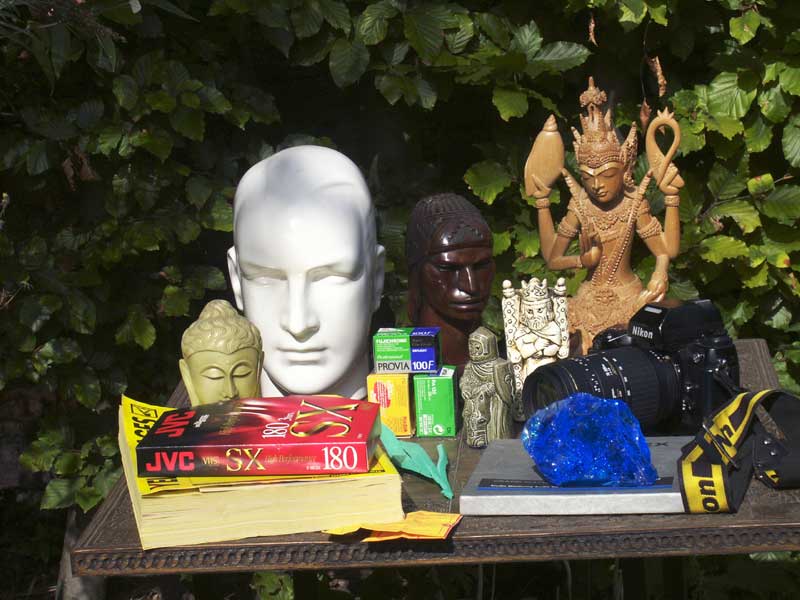
Above is my standard test setup to see how the camera copes in sunshine with a range of colours and tones. It started as a 'fine' jpg 2960 x 1920. Exposure was 1/350 at f8
The
image on the left is a crop from the original jpg.
The image on the right
is a crop from a TIF file of 28 megs saved from a RAW file of 9 megs on the Compact
Flash Card. The original had 16 bits/channel. This had to be changed to 8 bits
to save it as a JPG.
No unsharp mask used on either image.
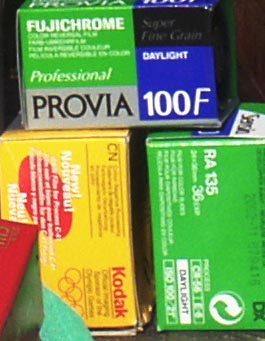
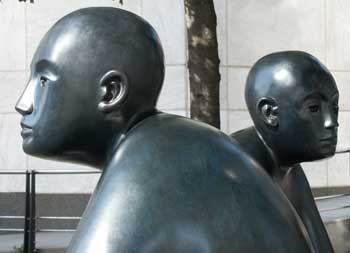
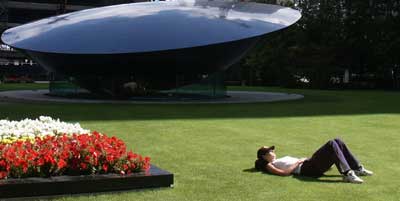

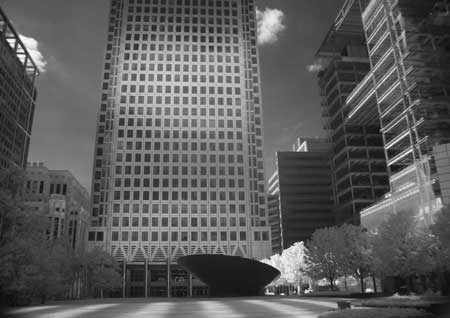
The Dimage 7 appears to be quite good as far as infra red is concerned. The images below on the right are direct from the camera using a virtually opaque 87 gelatin filter .
Exposures were in the region of 1/2 sec f2.8 with the camera switched to black and white
I have found some negative points about the Dimage7 . For moving subjects (i.e. sport) the electronic viewfinder takes a bit of getting used to
Battery
use is quite high and more early warning of battery failure is required. You certainly
need plenty of spare batteries and a fast charger . Now one that really looks
good is the MH-C204F from Thomas Distributing in the States -http://www.thomasdistributing.com
Its a fast charger, tells you when its done and has a conditioner. You can get
leads for both UK(240v) and the USA (110v). If you are touring there is also a
lead that will work from the car lighter.
Another battery option is the Dual-Force
Pro power pack from EagleEye
http://www.eagleeyeuk.com
See
further below for details on another really good charger
When using the Dimage 7 on the mains adapter you must take out the batteries because I have found they are NOT automatically switched off when the mains adapter is plugged in. A bit remiss of the designers.
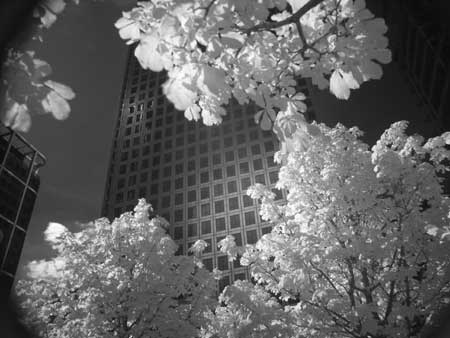

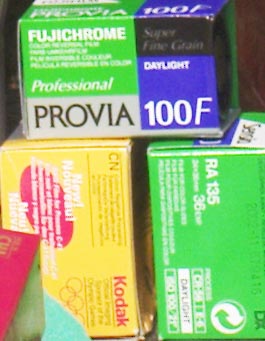
Another thing missing
is an extension flash socket. There is a flash shoe but apparently this will allow
only Minolta flash units and I am still waiting to hear how studio flash units
can be used with the Dimage 7. New accessory is on the way according to an email
from Minolta- hurrah! Mine has now arrived and I will have a section later covering
its use. I also updated the firmware and this has meant I only get 50 shots on
a 128 meg card (best resolution JPG) instead of 62!
On a minor note there
is a limit on the number of images that can be shot on the time lapse feature
- 99 and the minimum interval time of one minute is inadequate. Five or ten seconds
would be more practical for many functions and the maximum number of shots should
depend on the size of the card and quality and size of images chosen. I hope a
Firmware update in the future will put this right.
Another important problem
that has arisen concerns the compatibility of various Compact Flash cards with
the Dimage 7. A problem with a Fujitsu 128 meg card was followed by further complications.
The Dimage would not recognize a Dane-Elec 128 meg card and would not even format
it. However it was recognized by the Nikon 990 and when formatted on the Nikon
990 it would then appear to work on the Minolta Dimage 7 . I await a reply from
Minolta Technical Support with interest !
Now I have the answer !! The Dimage
will only support Toshiba, Escard and SanDisk and the IBM 1 Gig Drive as these
are the only ones they have tested !
As very few mail order companies in
the UK advertise the make of their Compact Flash cards I can see lots of problems
in this area.
In sunshine I have now settled on the following setup for shooting.......EV
-.3 ......Saturation +1 ......Contrast -2 and sharpness to soft. Images are inially
opened in the Minolta Viewer software and saved out as colour match RGB jpg's
to the hard disk. Any sharpening and correction is done in Photoshop.
